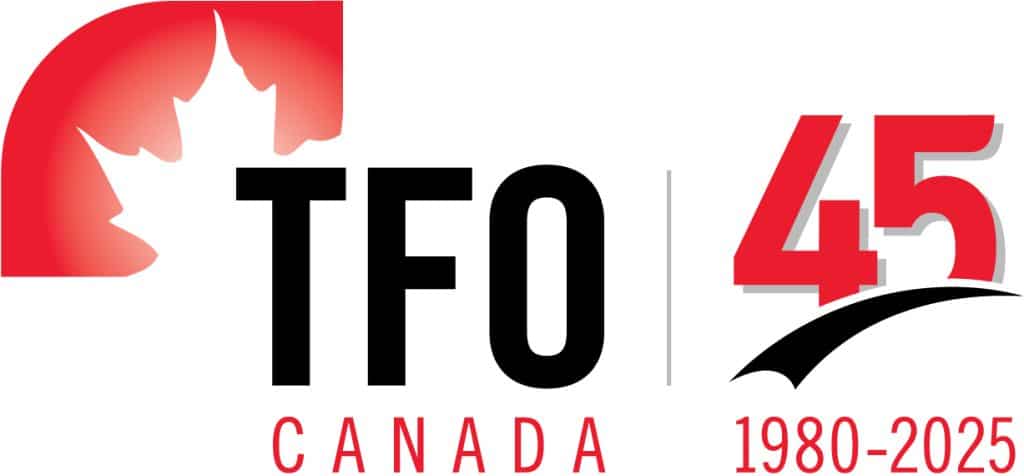Effective hygiene controls are vital to preventing food borne illness, food borne injury and food spoilage. Good Importing Practices For Food (GIP) is a voluntary code of practice to be used as a guideline for Canadian importers. It is designed to encourage them to create their own hygiene controls to help improve food safety and meet regulatory requirements.
The GIP is broad in scope and nature. It deals not only with the key controls necessary to limit safety risks but also provides direction on control measures related to fraud, and on preventing deviations in standard, grade and composition of imported food.
The Canadian Food Inspection Agency (CFIA) in consultation with the food industry has up-dated the June 1998 version of the GIP. Although some sections of the GIP may not be applicable to every importer, it is intended for broad use across the industry. Where further guidance is needed, the CFIA may develop specific codes of practice for a variety of situations.
Canadian importers are expected to be aware of the hazards involved in importing food and of the controls needed to demonstrate that their imported foods are safe and meet the applicable legislation in Canada. They are also expected to have access to records that will demonstrate that the foreign manufacturers of these imported products have the necessary controls in place. The GIP provides a sound foundation for the development of a system for ensuring food safety based on HACCP (Hazard Analysis Critical Control Point) principles. Although the GIP is not meant to serve as a complete HACCP plan, it is a useful reference. Additional reference material can be found on the CFIA Web site at: http://www.inspection.gc.ca.
For details, you may also visit: www.inspection.gc.ca/english/fssa/imp/goodbonne.shtml.
